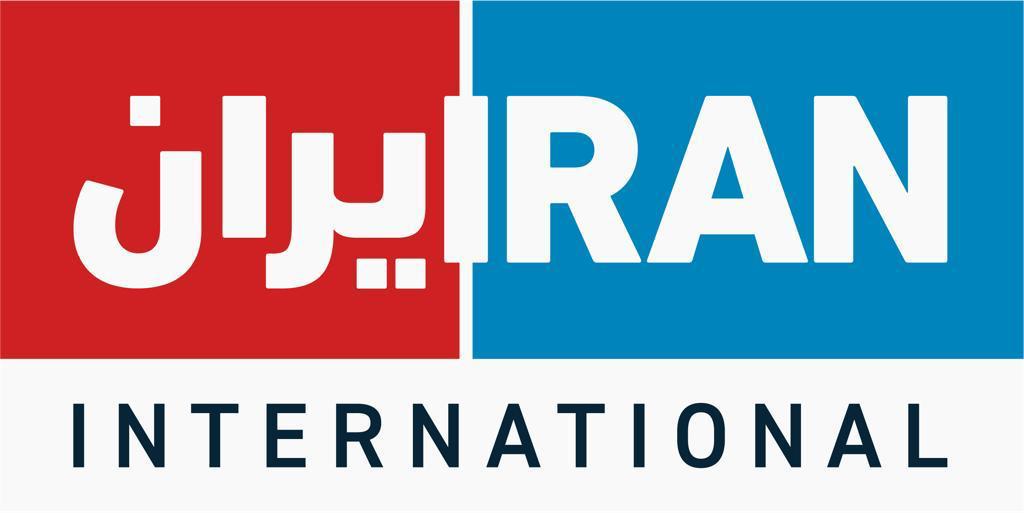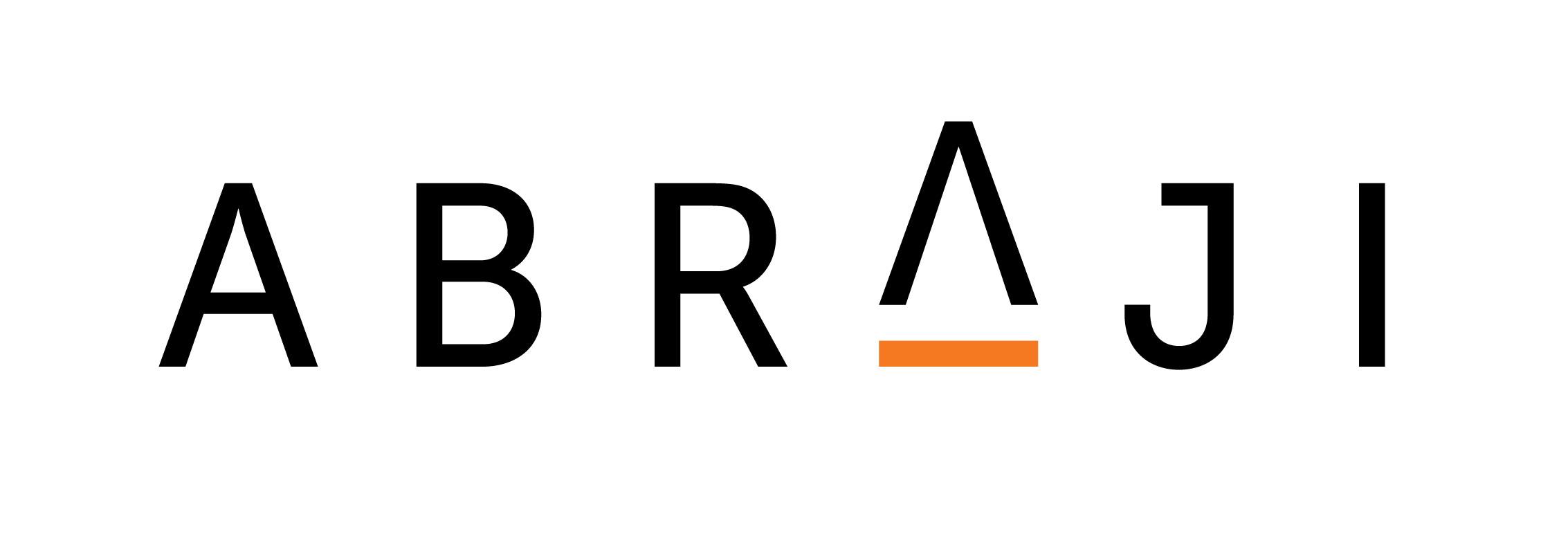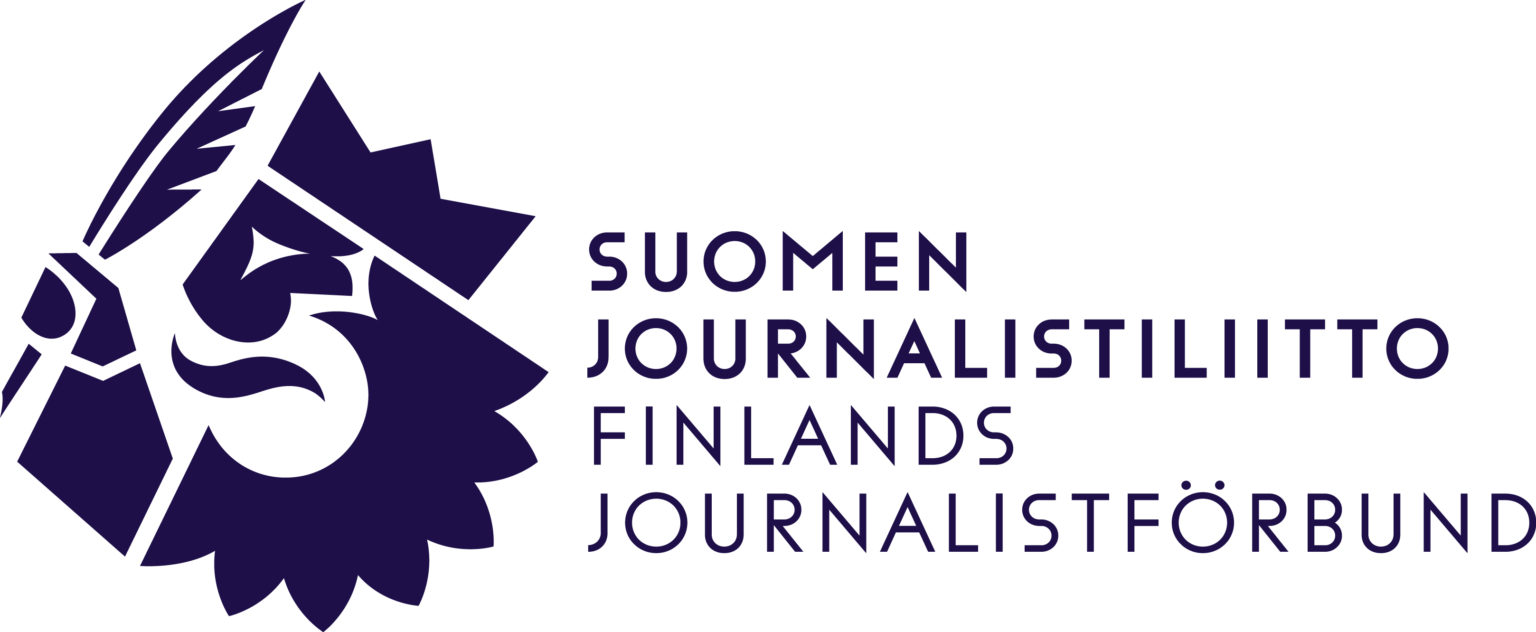US among deadliest countries for journalists
The first half of 2018 was marked by mass attacks against journalists in Afghanistan and the United States, bringing the total number of media casualties to 44 in the first six months of the year, according to INSI statistics released in July.
Nine media workers lost their lives in Kabul in April when a suicide bomber disguised as a journalist blew himself up. A total of 11 media workers died in Afghanistan from January to June making it the deadliest country for journalists. Five media workers were killed in the US state of Maryland when a man stormed the offices of a local newspaper armed with a shotgun.
This attack made the US the second most dangerous country for journalists in the first half of the year, with seven casualties in total.
“It's unusual that the US is in the top five most dangerous countries for journalists, but brave journalists have long been the recipients of cowardly acts that seek to silence them and prevent them from shining a light in the darkest corners of their own societies,” said Hannah Storm, INSI Director.
“However, wherever these attacks happens, it is a tragedy that we need to call out. We need to join together - as members of the press and members of the public - to condemn these crimes and to support our courageous colleagues who show us how vital journalism is to democracy.” Mexico, India and Syria rounded out the top five deadly countries, according to statistics compiled for INSI by Cardiff School of Journalism.
Taming the trolls
INSI assistant director Anna Bevan attended the Asia-Pacific Broadcasting Union Global News Forum in Ho Chi Minh City, Vietnam in July to moderate a panel on online safety for journalists in the digital age.
“Journalists of both genders are faced with individuals and groups who are determined to silence the messenger in whatever way they deem fit,” said Bevan. “It’s trolling, it’s harassment, it’s death threats, rape threats, threats to harm your children, hacking of your emails, hacking of your social media accounts, doxing, smear campaigns, circulating fake, photoshopped images of you in compromising situations, online surveillance.”
At INSI we actively encourage all of our members to recognise the severity of this threat and have a zero-tolerance policy towards online attacks on journalists – whether they are freelance or staff.
Victims of online abuse must be supported by their colleagues, editors and given legal and psychosocial assistance. The abuse must be reported and follow up action taken where necessary. Other suggestions for news managers dealing with the online harassment of staff include:
- Building a peer support network for journalists who are harassed
- Thinking ahead to potential for harassment before assigning journalists to a story or publishing their names
- Educating journalists on minimising public release of personal information
- Letting others monitor social media accounts and emails if the abuse is getting to be too much for a journalist
Working in hot weather With Europe, Africa, North America, parts of Asia and the Middle East struggling with heatwaves that have seen record temperatures soaring into the 40s, INSI had some advice for journalists working in hot weather.
- Remember: It takes around five days for most bodies to adapt to heat exposure in a natural environment. It may take up to 14 days to have complete acclimatisation.
- To help with acclimatisation keep air conditioning to a minimum when you arrive. Drive with the window open.
- Diuretics and stimulants, including alcohol and caffeine, may increase the effects of heat including dehydration.
- Heat exhaustion is more likely after a few days of working in the heat, rather than on the first day. Treat with half a teaspoon of salt in one litre of water, or a sports drink or salted food plus fluid.



























































